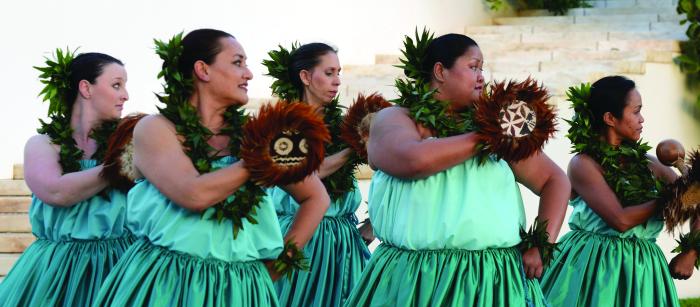

Chautauqua Elementary School’s 4th grade students gather with teaching artist Bruce Morser in front of their gallery show, Birds of Vashon. This show was a part of VCA’s First Friday gallery event and was open to the public for the month of June. Photo courtesy of Stephanie Johnson Blomgren, Vashon Center for the Arts
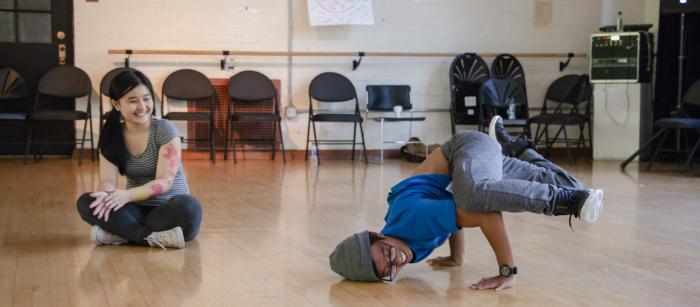
Students participating in the 2018 Arts Liberation and Leadership Institute (ALLI). Photo by Amy Piñon
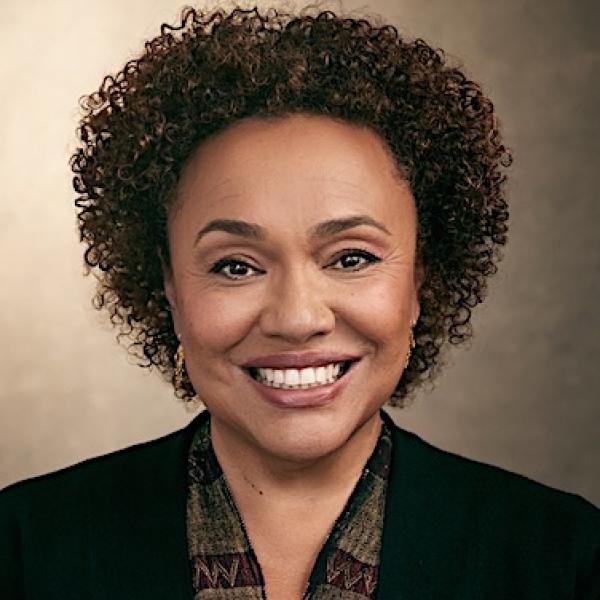

September 17-18, 2024 at Kennedy Center and Library of Congress
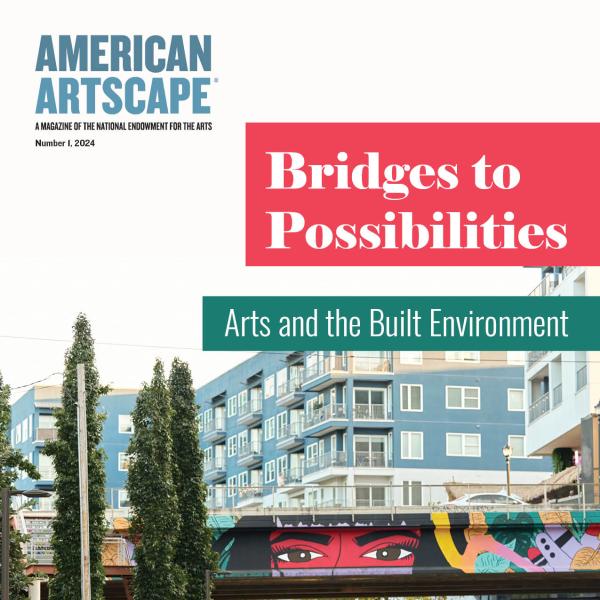
"Bridges to Possibilities: Arts and the Built Environment"

Schools and Organizations Invited to Host Their Own Poetry Out Loud Competition
 main entrance to the St. Bartholomew’s Church on Park Avenue showing carved sculptures above the doors" width="600" height="600" />
main entrance to the St. Bartholomew’s Church on Park Avenue showing carved sculptures above the doors" width="600" height="600" />
National Park Service and Partner Agencies Award $25.7 Million to Preserve Significant Historic Sites and Collections

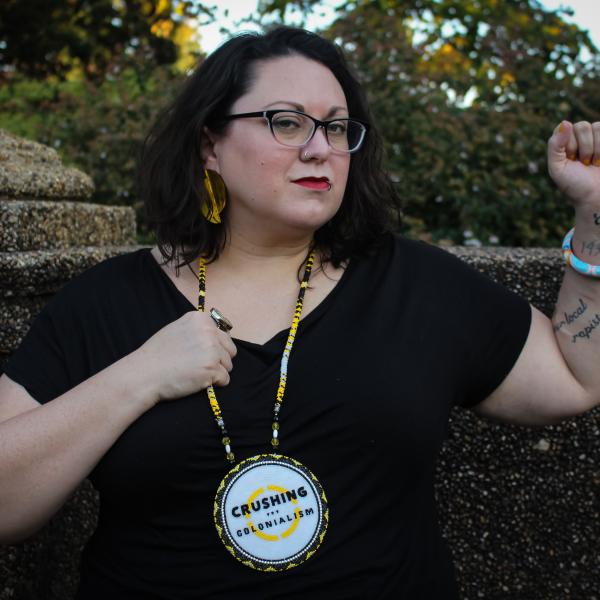
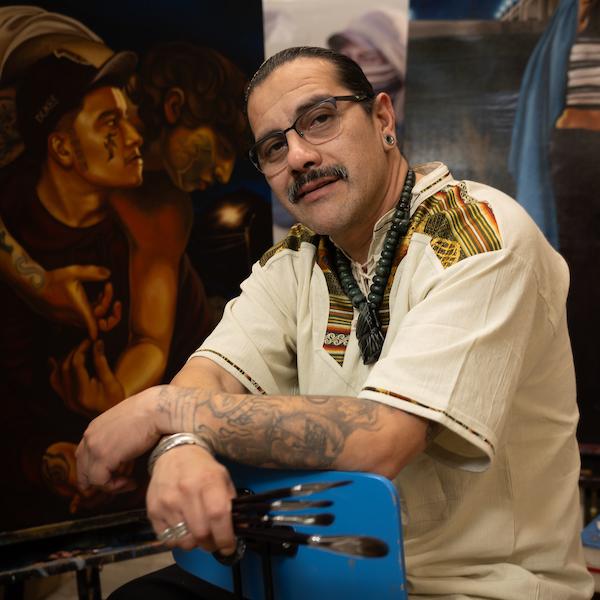
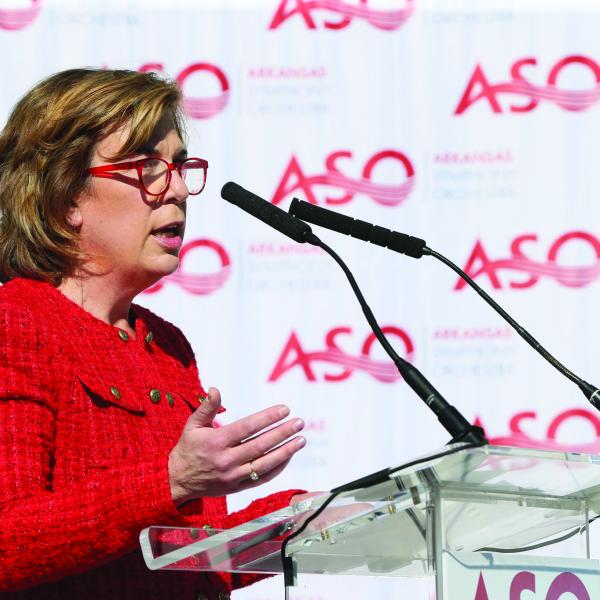
The National Endowment for the Arts awards grants to nonprofit organizations, creative writers and translators, state arts agencies, and regional arts organizations in support of arts projects across the country.
See the impact of the Arts Endowment on your state, and how the agency's work in research, accessibility, and other areas has had a major impact in the arts and culture of the country.
The National Endowment for the Arts is an independent federal agency that funds, promotes, and strengthens the creative capacity of our communities by providing all Americans with diverse opportunities for arts participation.
Recommended for grant awards annually in all 50 states, DC, and U.S. territories.
Percentage of Arts Endowment grants that go to small and medium-sized organizations (budgets up to $2 million).
Percentage of Arts Endowment-funded activities in high-poverty communities.
These facts are based on the most recent data (2022) from the Arts and Cultural Production Satellite Account (ACPSA), which is produced jointly by the National Endowment for the Arts’ Office of Research & Analysis and the Bureau of Economic Analysis, U.S. Commerce Department. The ACPSA tracks the annual economic impact of arts and cultural production from 35 industries, both commercial and nonprofit.
Amount the arts and cultural industries contribute to the U.S. economy.
Percentage of the nation’s Gross Domestic Product is accounted for by arts and cultural industries.
Americans work in the arts and cultural industries on payroll.
The National Endowment for the Arts is an independent federal agency that funds, promotes, and strengthens the creative capacity of our communities by providing all Americans with diverse opportunities for arts participation.
The Arts Endowment’s annual cost to each American.
The Arts Endowment’s percentage of the federal budget.
Amount awarded by the Arts Endowment since its beginning in 1965.
These facts are based on the most recent data (2017) from the Survey of Public Participation in the Arts (SPPA), a national survey conducted in partnership with the U.S. Census Bureau that has allowed cultural policymakers, arts managers, scholars, and journalists to obtain reliable statistics about American patterns of arts engagement.
The state's residents attend live performing arts events at a higher rate than U.S. adults as a whole—with 62 percent for North Dakota residents versus 48.5 percent of U.S. adults.
Outperforms the national rate of attending art exhibits, with 33.5 percent of this state’s residents doing this activity versus 23 percent of Americans overall.
Their literary reading rates (upwards of 60 percent) far exceed the U.S. as a whole (44 percent).
The National Endowment for the Arts is an independent federal agency that funds, promotes, and strengthens the creative capacity of our communities by providing all Americans with diverse opportunities for arts participation.
Amount of arts education funding for lifelong learning projects annually.
Estimated number of people who attend a live arts event annually.
Percentage of NEA grants awarded to localities of less than a million people.